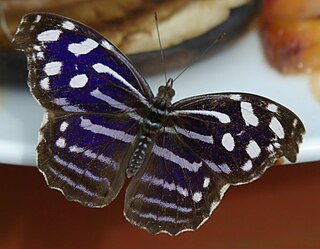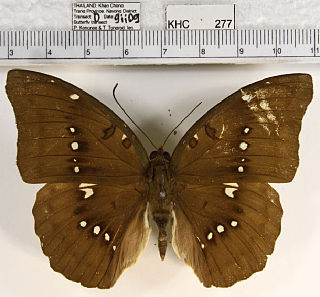
Abner Doubleday was a career United States Army officer and Union major general in the American Civil War. He fired the first shot in defense of Fort Sumter, the opening battle of the war, and had a pivotal role in the early fighting at the Battle of Gettysburg. Gettysburg was his finest hour, but his relief by Maj. Gen. George G. Meade caused lasting enmity between the two men. In San Francisco, after the war, he obtained a patent on the cable car railway that still runs there. In his final years in New Jersey, he was a prominent member and later president of the Theosophical Society.

Isaac Asimov was an American writer and professor of biochemistry at Boston University. During his lifetime, Asimov was considered one of the "Big Three" science fiction writers, along with Robert A. Heinlein and Arthur C. Clarke. A prolific writer, he wrote or edited more than 500 books. He also wrote an estimated 90,000 letters and postcards. Best known for his hard science fiction, Asimov also wrote mysteries and fantasy, as well as popular science and other non-fiction.
Doubleday is an American publishing company. It was founded as the Doubleday & McClure Company in 1897 and was the largest in the United States by 1947. It published the work of mostly U.S. authors under a number of imprints and distributed them through its own stores. In 2009, Doubleday merged with Knopf Publishing Group to form the Knopf Doubleday Publishing Group, which is now part of Penguin Random House. In 2019, the official website presents Doubleday as an imprint, not a publisher.

The West Country whipping is a quick practical whipping knot, a method of using twine to secure the end of a rope to prevent it fraying. It has several advantages: it can be tied without a needle; it is simple to understand and remember; if the whipping fails, the loose ends can usually be re-tied to temporarily prevent the rope's end from fraying.
West Country whipping was the name given by Biddlecombe in 1848 to this particular practice, but most subsequent seamanship books, including the British Admiralty Manual of Seamanship, have modified the name to West County whipping...I have not seen this whipping used but it has this advantage: if any part breaks it will be a very long while before the whole whipping lets go. The break will be evident and the whipping can be replaced in time.

The Limenitidinae are a subfamily of butterflies that includes the admirals and relatives. The common names of many species and genera reference military ranks or – namely the Adoliadini – titles of nobility, in reference to these butterflies' large size, bold patterns, and dashing flight. In particular, the light stripe running lengthwise across the wings of many Limenitidini has reminded earlier authors of officers' shoulder marks and epaulets.

The Satyrini is one of the tribes of the subfamily Satyrinae. It includes about 2200 species and is therefore the largest tribe in the subfamily which comprises 2500 species.

Biblidinae is a subfamily of nymphalid butterflies that includes the tropical brushfoots. This subfamily was sometimes merged within the Limenitidinae, but they are now recognized as quite distinct lineages. In older literature, this subfamily is sometimes called Eurytelinae.

Euripus is a genus of butterflies in the family Nymphalidae. The three species in the genus are native to South and Southeast Asia.

Herona is a genus of butterflies in the family Nymphalidae.

Euthalia phemius, the white-edged blue baron, is a species of butterfly of the family Nymphalidae. It is found in Sikkim, Assam, Burma, southern China, and Hong Kong.

Dismorphia is a genus of butterflies in the subfamily Dismorphiinae.

Bassarona is a genus of brush-footed butterflies found in India and Southeast Asia.

Sumalia is a genus of butterflies found in Southeast Asia ranging from the Indian Himalayan Region to the Sunda Islands.

Parasarpa is a genus of butterflies. Parasarpa hollandi ranges from Lombok to Timor. Parasarpa albidior and Parasarpa houlberti are known only from Yunnan. The three other species occur in northern India and southern China.

John Doubleday was a British craftsperson, restorer, and dealer in antiquities who was employed by the British Museum for the last 20 years of his life. He undertook several duties for the museum, not least as a witness in criminal trials, but was primarily their specialist restorer, perhaps the first person to hold the position. He is best known for his 1845 restoration of the severely-damaged Roman Portland Vase, an accomplishment that places him at the forefront of his profession at the time.

Ectima thecla is a species of brush-footed butterfly found in Argentina, Bolivia, Brazil, Panama, Paraguay, Peru and Venezuela. It shows a similar behavior to the Hamadryas butterfly, but it does not produce the noise of "Cracker-butterflies".















